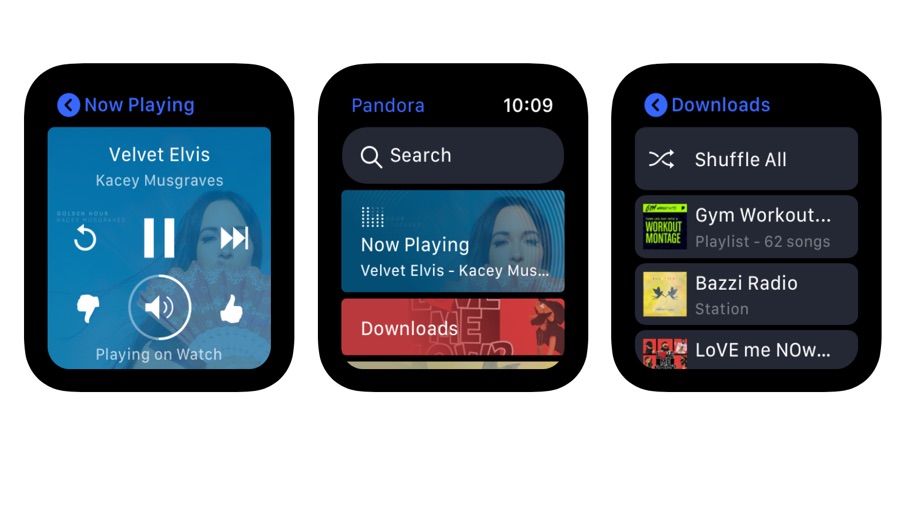Apple tops wearables Q1 growth, but wristbands, hearables lead the segment

Data for the January-March quarter of 2020 suggests that Apple retained its near 30% market share in the wearables segment followed by Samsung and Xiaomi. But, it was left to wristbands and ear-wear to salvage the decline in smartwatch sales.
The International Data Corporation (IDC) report suggests that the wearables segment grew by 29.7% during the first quarter as compared to a similar period of 2019 with total device volume reaching 72.6 million units.
However, the growth was disproportionately spread across various form factors with wristbands and hearables (ear-wear) offsetting the decline in volumes related to the smartwatches and basic watches, says the Quarterly Wearable Device Tracker released by IDC.
- Best fitness tracker in India: The top activity bands in 2020
- The best wireless headphones available in India for May 2020
- The best budget fitness trackers under Rs 5,000 in India
- The best noise-cancelling headphones available in India
Wristbands come to the party

The growth in the wristbands was fuelled by new product launches like Fitbit Charge 4 and the aggressive pricing resorted to by mainstays like Xiaomi and Huawei. This segment grew by 16.2% during the quarter while in the case of hearables, the growth was a robust 68.3%.
"The hearables category was seemingly resilient to the market-suppressing forces caused by COVID-19," said Jitesh Ubrani, research manager for IDC Mobile Device Trackers. "Consumers were clamouring for these sophisticated earpieces not only for the abilty to playback audio but also to help them increase productivity, as many of them were forced to work from home and sought ways to reduce surrounding noise while staying connected to their smartphones and smart assistants."
The Covid-19 challenge
The report noted that the Covid-19 pandemic had an adverse effect on supply of smart and basic watches as many of these devices share components and resources with smartphones and PCs that were impacted during the first quarter.
In spite of the decline, vendors such as Huawei, Garmin and Huami posted healthy growth rates due to their reduced reliance on markets in China and their expansion into the United States, Europe and other parts of Asia.
Sign up for breaking news, reviews, opinion, top tech deals, and more.
"The downward pressure on watches shifts the onus to the latter half of 2020," said Ramon T. Llamas, research director for IDC's Wearables Team. "This gives companies the time to refine their products and messaging, and to align those with customer needs. Given the hyper focus on overall health and fitness in today's climate, vendors would do well to highlight those capabilities, and provide guidance on how to live healthier lives."
Apple, Xiaomi and Samsung lead the pack

Once again Apple topped the wearables company category with a 29.3% share of the market that saw it ship out 21.2 million units. However, as the quarter progressed there was a decline in shipments due to supply chain challenges, though both Airpods and Beats had enough muscle to offset negative growth.
Xiaomi shipped 7.3 million wristbands and watches during the quarter to take second place with the company's expansion beyond China and the shift from e-tailers to online and offline retailers helped the company maintain a lead over other brands.
Samsung's wearables business accounted for 74% of its total shipments during the quarter as against 58.9% during the same period a year ago. The latest generation of Galaxy Buds and Buds Plus were well received and shipped over 4 million units during the quarter.
However, the quarter proved lukewarm for Google-owned Fitbit which showed a 26.1% decline during the quarter, largely due to the fact that most of its production was based out of China, which went into a lockdown in the early part of 2020. The lack of hearables along with growing competition suppressed its growth, says the IDC report.